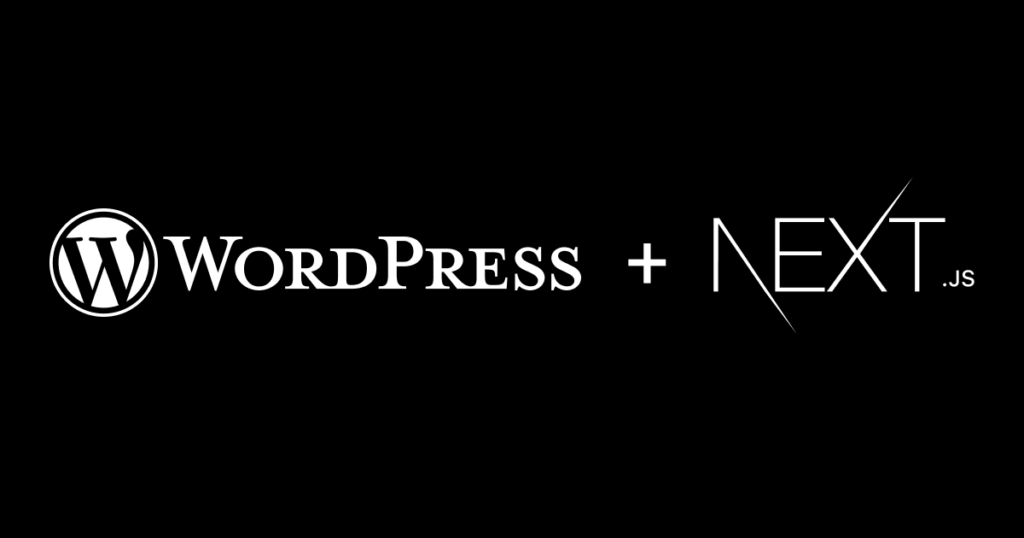Headless WordPress with Next.js is a powerful combination that transforms the way you develop and deploy fast, scalable websites. By separating the front-end and back-end, you can harness the full potential of both technologies, making it easier for developers to create highly functional, easy-to-maintain websites. Here, we dive into the top 10 benefits of using Headless WordPress with Next.js for your next web project.
Table of Contents
- Improved Website Speed and Performance
- Better Scalability
- Enhanced Developer Experience
- Boosted Website Security
- Increased Deployment Flexibility
- Automatic Backups with Version Control
- Effortless Customization
- Seamless Content Management
- Plethora of Plugins and Tools
- Future-proofing Your Projects
1. Improved Website Speed and Performance
Next.js is a top-performing framework built on React, designed to optimise website speed and performance. By leveraging server-side rendering (SSR), your website will load faster, improving user experience and search engine rankings. The combination of Headless WordPress and Next.js allows for quicker content delivery and a more responsive website, keeping users engaged and boosting conversion rates.
2. Better Scalability
By decoupling your front-end and back-end, Headless WordPress with Next.js allows better scalability for your web projects. The separation means that developers can scale both sides independently, ensuring optimal performance on both ends. For instance, if you have a high-traffic site that requires regular updates, you can efficiently scale up the front-end server without affecting the backend, streamlining your growth process.
3. Enhanced Developer Experience
Adopting a headless approach gives your developers the freedom to use their preferred technologies and frameworks, such as Next.js for frontend development. This flexibility ensures a more engaging and productive work environment. Additionally, the structured API provided by WordPress makes it easy to fetch and manipulate data, making the development process even smoother.
4. Boosted Website Security
Running a Headless WordPress means fewer security risks for your website. Moving critical data to a separate back-end server lowers the chance of intrusions and attacks, making your website more secure. Next.js is built with security in mind, providing features such as built-in XSS (Cross-Site Scripting) protection to keep your frontend assets safe.
5. Increased Deployment Flexibility
Headless WordPress with Next.js provides greater flexibility when it comes to deployment. With the separation of front-end and back-end, you can choose where to host each part, be it on cloud platforms or traditional servers. This separation allows your deployment process more adaptable to meet any business needs and makes rolling out changes hassle-free.
6. Automatic Backups with Version Control
Managing multiple projects or working with large teams becomes easier when version control is in place. Utilizing a headless approach allows for automatic backups and integration with tools such as Git, ensuring the best possible version control. Your code and content will be securely stored separately, making it easier to rollback changes or resolve conflicts during development.
7. Effortless Customization
Headless WordPress combined with Next.js enables you to design and customize websites without constraints. With access to the full functionality of both, achieving unique designs and tailored user experiences becomes straightforward. Your developers can easily customize components, styles, or features using the best technologies to create a website that reflects your brand image perfectly.
8. Seamless Content Management
WordPress is renowned for its user-friendly content management system (CMS). Adopting the headless approach doesn’t compromise this aspect; you can continue using its built-in tools to manage and update content with ease. Your content team will still have access to the familiar WordPress dashboard without disruption to their workflow.
9. Plethora of Plugins and Tools
WordPress boasts a vast library of plugins, while Next.js offers extensive libraries and components for developers. Integrating the two platforms means your team has plenty of resources to build a robust, functional website. By using the best tools available, creating custom features or integrating with third-party applications becomes a breeze.
10. Future-proofing Your Projects
As technology continues to evolve, keeping web projects future-proof becomes increasingly essential. By using Headless WordPress with Next.js, your website remains adaptable, ready for any advances in frontend or backend technologies. This well-supported combination ensures your development team can continuously improve and update your website while staying on top of industry trends.
In conclusion, the advantages of combining Headless WordPress with Next.js are plentiful, from improved performance and flexibility to enhanced developer experience and advanced customization options. By embracing this modern approach, you can stay ahead of the digital curve, building fast, secure, and scalable web projects that both users and developers will love.



















